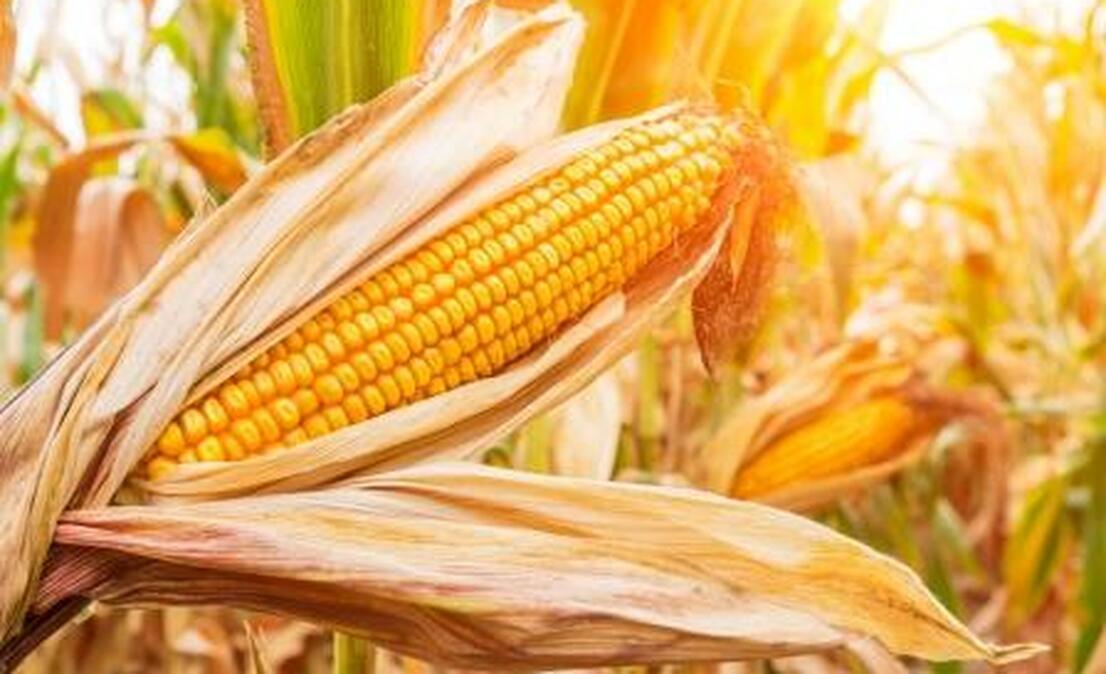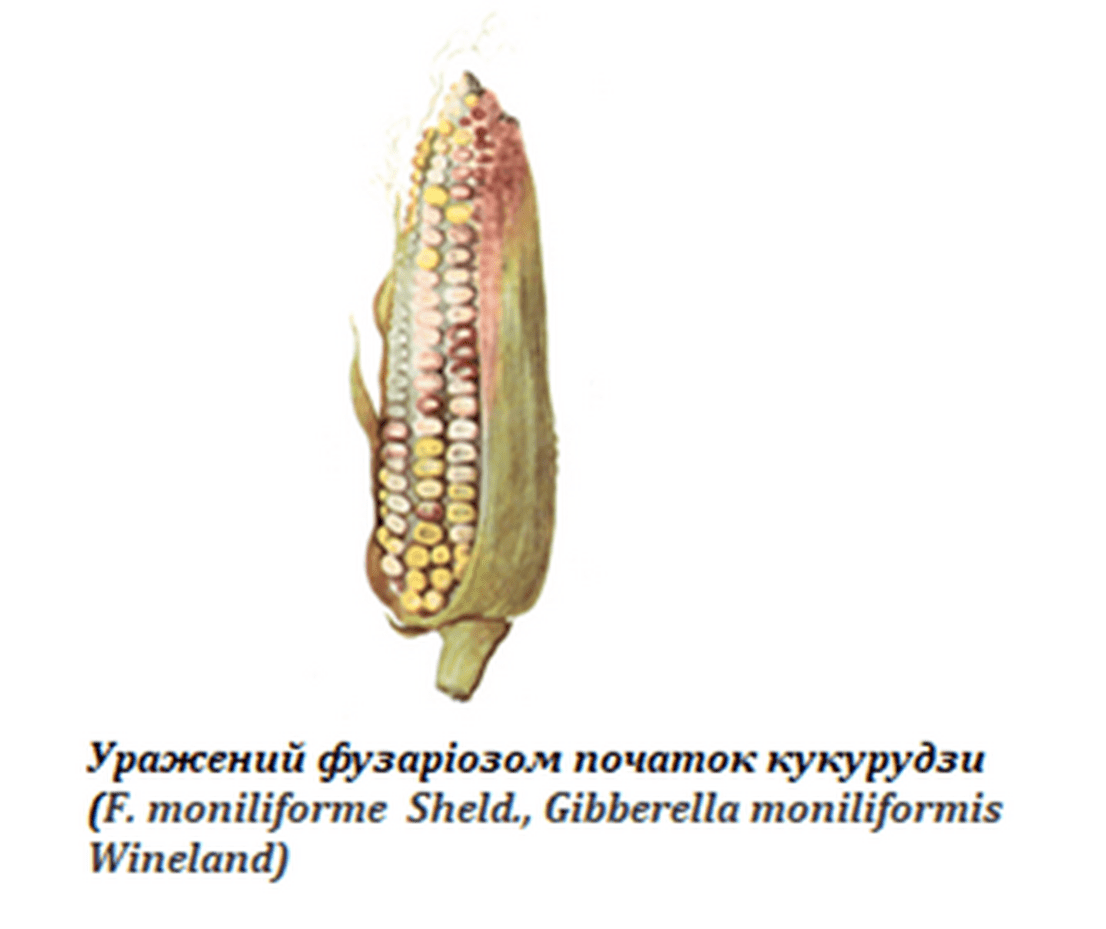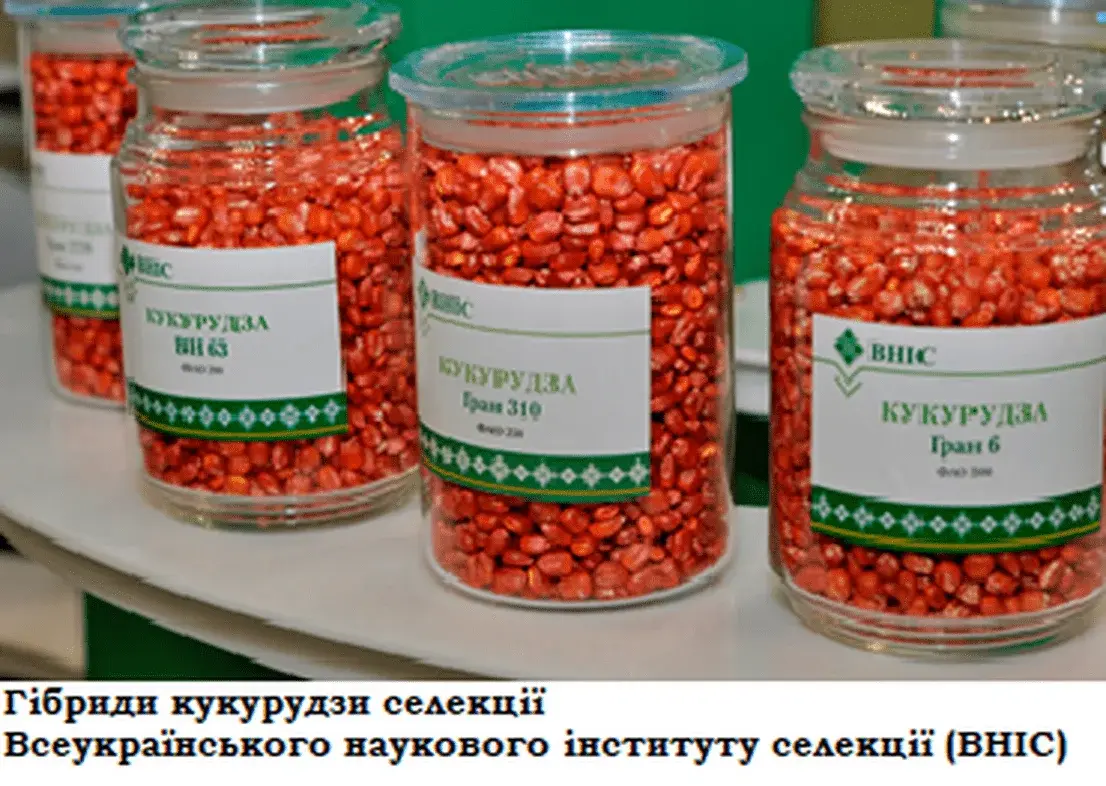Breeding work with agricultural crops is aimed at improving plants to produce more and better quality of the main product (grain, root crops, green mass, etc.)
Each breeder hopes that all subsequent stages of seed production and commercial production of new varieties and hybrids will be aimed at preserving and realizing the genetic potential of the yield or quality of the main product.
The only source of genetic information is the seed
Any mechanical damage to seeds leads to the development of infectious diseases of various origins (fungi, bacteria, viruses) and, as a result, a significant deterioration in the sowing qualities of seeds and a restriction on the realization of the genetic potential of a variety or hybrid. Among cereals, corn is most affected, followed by rye, soft wheat, barley, and durum wheat.

Infection with infectious disease pathogens mainly occurs in the field during the growing season, and the spread of infection occurs during harvesting and post-harvest processing of seeds due to mechanical contact between infected and healthy seeds.
Some pathogens develop on the seed and can lead to the death of an embryo, seedling or vegetative plant, while others are only carried by seeds, but lead to significant yield losses during the growing season. The most harmful major fungal diseases of corn are Fusarium and other types of rot, various types of mold, smut fungi, nigrosporosis, helminthosporiosis and others...

A characteristic feature of most fungal infections is the possibility of their development at low positive temperatures of +3...+5 ◦ C and various modes of humidity and aeration. Such conditions are unsuitable for germination and development of corn germ (the optimum temperature is +17...+22 ◦ C, the minimum - +8...+10 ◦ C). Therefore, in the field, fungal organisms have a significant advantage in development.
It is practically impossible to achieve comprehensive genetic resistance to all pathogens and the diversity of their races by breeding. The ability to create and identify sources and donors of resistance to most pathogens is limited by time. Most fungi go through several generations in a calendar year, while the cultivated host plant goes through only one.
The table shows some of the pathogens of corn and their impact on seeds and plants:
Name of the disease | The causative agent of the disease | Which parts of the plant are affected | Period of disease manifestation | The nature of the disease manifestation | How the infection is transmitted | Development conditions |
Fusarium | Fusarium moniliforme | Root, lower parts of the stem, cob, grain | From milky to waxy ripeness at the beginning and in the seeds | The embryo dies (up to 40% reduction in density in the field) | Seeds, plant residues, soil | +3... +30 °С |
Red rot of cobs | Fusarium graminearum Schwabe | Cob wrappers and kernel, grain | milky and waxy - full of ripeness | Partial death of the embryo, seedlings die, grain quality decreases (up to 20%) | Seeds, plant residues | +20... +25 °С |
Nigrosporosis | Nigrospora oryzae | The cob, the grain | Waxy - full ripeness | Partial death of the embryo, seedlings die, yield losses up to 50%, grain and stems are toxic to animals | Seeds, plant residues | +20... +25 °С |
Blackening of vascular bundles (cephalosporiasis) | Cephalosporium | Vessels of the stem, leaves | Milk ripeness | The mycelium infects the seedling and spreads diffusely throughout the plant, no cob formation, very small grain | Soil, seeds | +3... +30 °С |
Diplodia | Stenocarpella maydis (Berkeley) Sutton | The cob, the grain | Waxy - full ripeness | The embryo dies | Seeds, plant residues | +5... +27 °С |
Rhizoctonia | Rhіzoctonіa zeae Voorh. | Cob wrappers and kernel, grain | Milk-wax - full ripeness | The embryo dies | Seeds, plant residues | +5... +27 °С |
Brown spotting, (helminthic sporosis) | Exserohilumturcicum (Pass.) LeonardetSuggs, Helmintho-sporium turcicumPass. | Leaves, underground and aboveground internodes, cobs | During the growing season of the plant | Inhibition of plants during the growing season, yield losses up to 50% | Seeds, plant residues | +18... +27 °С |
Moldy cobs and seeds | Penicillium Link, Aspergillus Micheli, рідше Botrytis Micheli, Mucor Micheli | Cobs and seeds | Full ripeness, storage | Inhibition of plant seedlings | Seeds | +4... +28 °С |
Gray-green mold | Penicillium Link, Aspergillus Mich., BotrytisMicheli, MucorMicheli | Cobs, seeds | At the beginning of germination, milky-waxy ripeness | Inhibition of plant seedlings | Seeds | +4... +28 °С |
Dark mold growth | Cladosporium Link, | Injured seeds | Waxy - full ripeness | Inhibition of plant seedlings | Seeds | +12... +25 °С |
Pink mold | Trichothecium Link, Sporotrichum Link | Injured seeds | Full ripeness, warehouse storage | Embryo death Seedling inhibition | Plant residues | +10... +25 °С |
Flying sooty maize | Sorosporium reilianum McAlpine f. zeae Gesch. | Panicle, cob | Milky - waxy ripeness | The mycelium grows with the seedling, yield losses are 15-20% | Seeds, soil, plant residues | +4... +30 °С |
Blister smut | Ustilagozeae (Beckm.) Unger. | Seedlings, leaf sheaths, cob, panicle | From 4 leaves to milky ripeness | Crop losses range from 10 to 60%. | Soil, seeds | +4... +25°С |
As can be seen from the table, the bulk of pathogens are seed-borne and affect maize plants in the early stages of crop development, and the visual manifestation of the disease can be identified only during the growing season at later stages of organogenesis. It is practically impossible to control these pathogens after their visual manifestation, so the only way to control them is to treat seeds with high-quality pre-sowing chemical and biological protection products and growth stimulants. This makes it possible to stop the development of the pathogen on the seed or destroy it, and the growth stimulator promotes faster development of the corn seedling and its emergence on the daytime surface. The further process of photosynthesis by the plant makes it possible to activate the natural mechanisms of tolerance and resistance of the plant to infectious diseases.

Tebuconazole, protioconazole, fludioxonil, metalaxyl, metalaxyl M and others are effective active ingredients in corn seed treatment to combat fungal infections.
Only high-quality fungicide-treated conditioned corn seed can provide maximum protection against pathogens and maximize the genetic potential of each hybrid.
It should be noted that chemical treatment of seeds with fungicidal protection products does not guarantee complete control of all pathogens during the growing season, so it is necessary to carry out a set of measures to monitor and control pathogens in the field on corn crops.

 Choose a country
Choose a country